Fortnum & Mason hosts museum-worthy exhibition, mined from Frank Cohen's collection
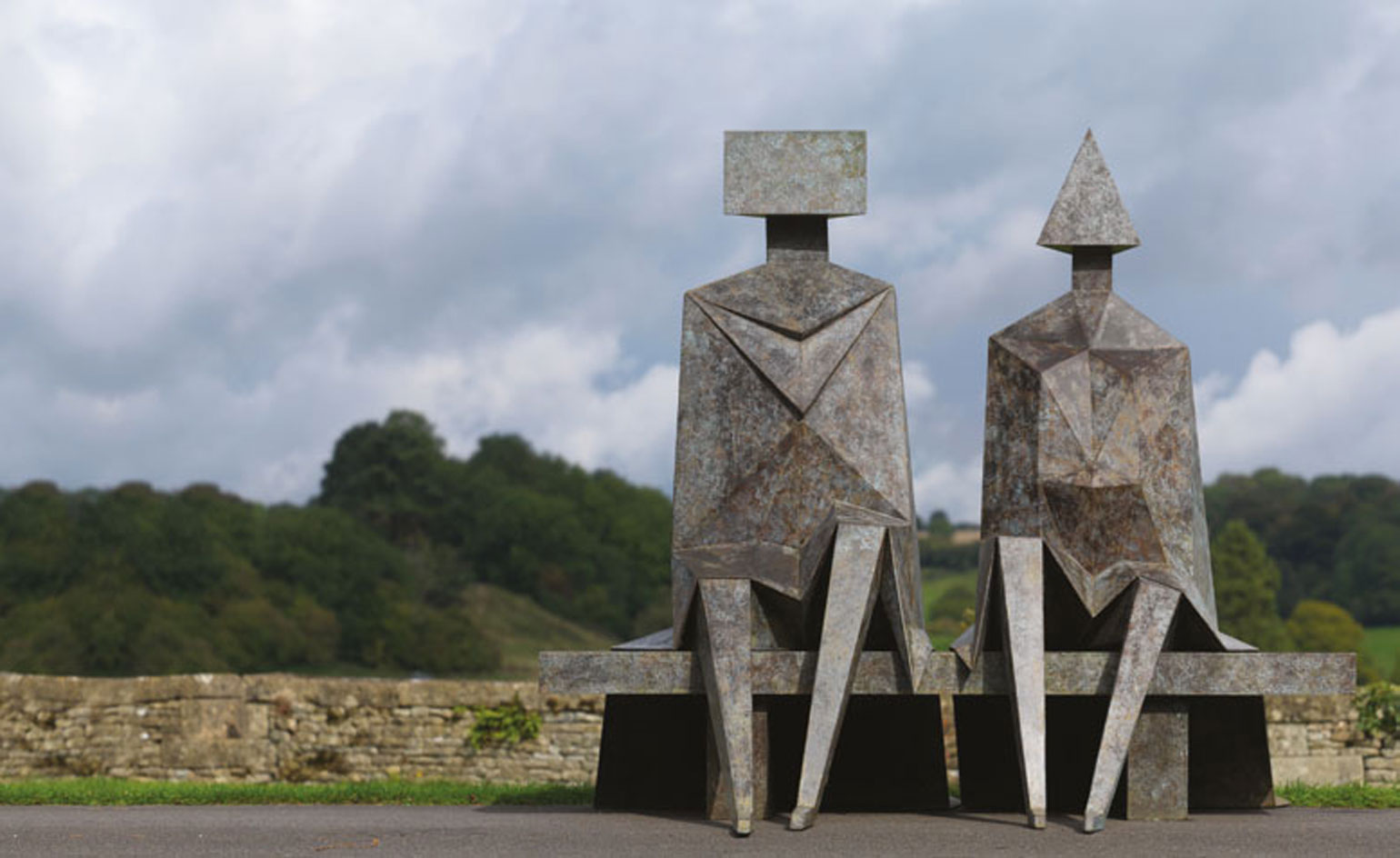
For the first time in over three centuries of trading, London store Fortnum & Mason is hosting a museum-worthy exhibition, a showcase of modern and contemporary British art, mined from the collection of ebullient collector Frank Cohen.
Sometimes dubbed the ‘Saatchi of the north’ or the ‘Manchester Medici’, Cohen’s colourful press cuttings have sometimes obscured the fact that his is one of the pre-eminent collections of British art. For over 30 years he has worked with Robert Upstone, a former senior curator at the Tate, to select key works by a range of artists from Howard Hodgkin to Tracey Emin. Now the pair have made a selection of his works to scatter around the store: in the basement dining area sits a piece by the Chapman Brothers, in the fifth floor corridor and entrance is a Paula Rego and an Edward Burra. How did they settle on such an unpredictable format for the exhibition?
‘As a curator, it’s a fascinating challenge. It’s a working space with so much going on. There’s a great synergy between the artworks, the objects for sale and the environment,’ says Upstone. ‘This is probably the first time that a major art exhibition has been staged within such a special, opulent, stylish environment that is still, nevertheless, a shop.’
It’s certainly unusual for a retailer to put this amount of room aside for a project that reaps no immediate profit, and speaks volumes about the unconventional approach to retail under the watch of Ewan Venters. The store’s CEO of four years, he guided Fortnum’s to its first double-digit growth in centuries: his strategy has been to reposition the store as an institution for London residents, rather than just a tourist attraction.
Venters is particularly keen to stress Fortnum’s longstanding commitment to the arts, and its open-door policy for visitors who want to come and see the exhibition for free. ‘Of course, don’t get me wrong, we’ll be very happy, when they’re here, to sell them a pot of tea and a box of chocolates,’ Venters notes.
As far as locations go, it’s unparalleled, nestled in the heartland of St James’s commercial galleries and auction houses, and directly opposite the Royal Academy. ‘Fortnum’s is a very British institution, so it had to be the best of British art,’ says Cohen. ‘I’ve been collecting modern British art since 1978.
‘People have really started to appreciate modern British art again,’ he continues. ‘They’re realising that Auerbach, Kossoff, Bridget Riley – and especially Francis Bacon, Henry Moore and David Hockney, who are out of my reach money-wise – are a big deal. If you look at the auction market, you can see in the past ten to 12 years a rise in prices. I think that’s due to a wider base of critical understanding and appreciation of our native artists. I think there’s always been a slightly British restraint, a reluctance to be too vocal about how great our own artists are.’
While Cohen might cut an eccentric figure, with his shaggy hair and oddball glasses (one lens frame round, the other square), the collection itself betrays an intellectual rigour, offering a remarkably comprehensive survey of 20th-century British art. The hope is the exhibition will not appeal just to Fortnum’s existing customer base, but to a new and younger art-going audience. In Upstone’s words, ‘The Auerbach in the front window of the store was painted in summer 1968, looking down across London from Primrose Hill and witnessing this explosion of colour. It’s about the past, yes, but it’s also about our understanding of the city today.’
The timing of the exhibition to coincide with the annual influx of the international art crowd for Frieze Art Fair and the October auctions is equally shrewd. Cohen says, ‘We hope it’s going to create a rumble in the jungle.’ Could it be the beginning of an ongoing series? He hesitates: ‘This is not something I do regularly. It has to be the right sort of environment. The only time I’ve done something like this before was at Chatsworth House; now it’s Fortnum & Mason. You couldn’t get two better institutions if you tried. Where do I go from here?’ Cohen pauses for thought, then grins mischievously. ‘Buckingham Palace?’
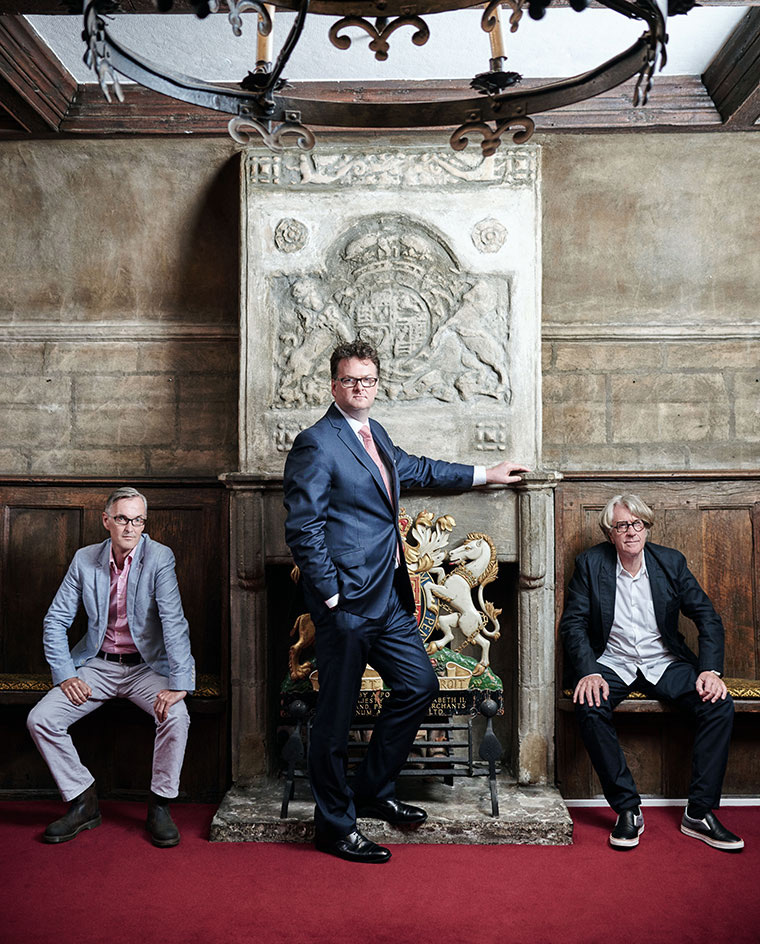
Pictured from left, curator Robert Upstone, Fortnum & Mason CEO Ewan Venters and art collector Frank Cohen in the crypt at Fortnum’s store in Piccadilly, London.
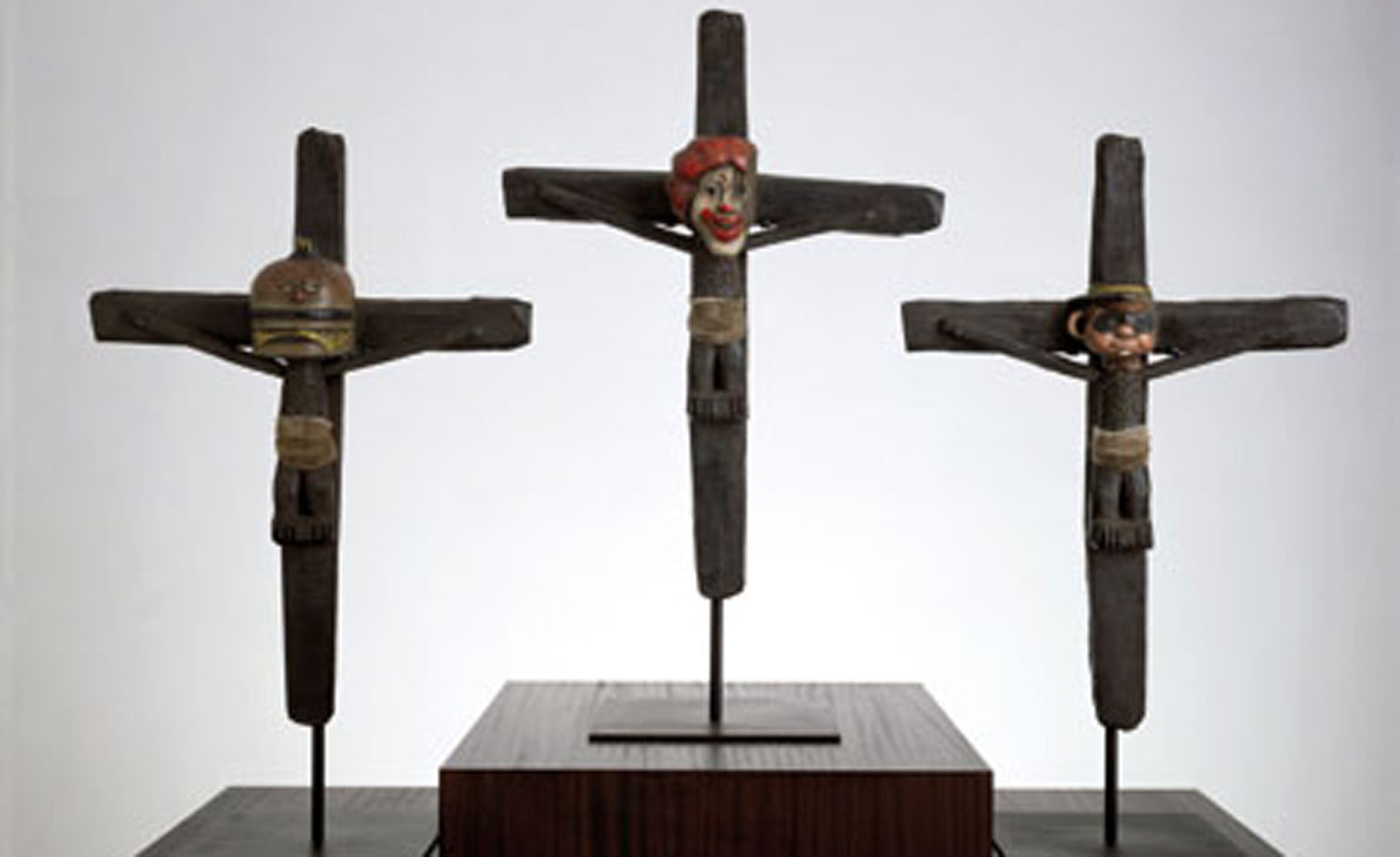
Cohen, in collaboration with Tate senior curator Robert Upstone, has selected key works from a range of artists from Jake and Dinos Chapman (pictured, their Unholy McTrinity 3, 2003) to Tracey Emin
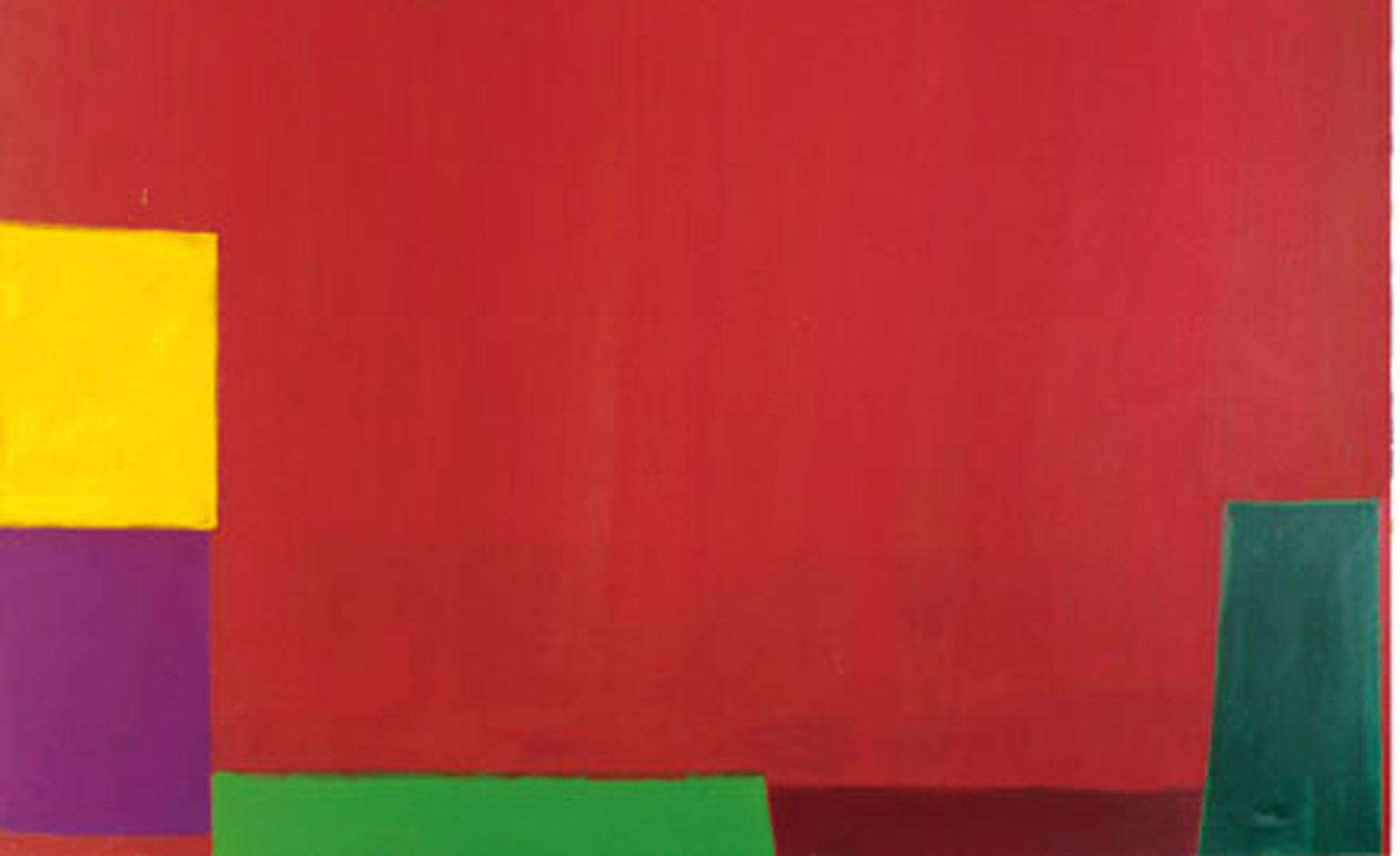
Untitled 20.11.1964, by John Hoyland, 1964
INFORMATION
’Fortnum’s X Frank’ is on view until 15 October. For more information, visit the Fortnum’s and Mason website
Wallpaper* Newsletter
Receive our daily digest of inspiration, escapism and design stories from around the world direct to your inbox.
-
 The Lighthouse draws on Bauhaus principles to create a new-era workspace campus
The Lighthouse draws on Bauhaus principles to create a new-era workspace campusThe Lighthouse, a Los Angeles office space by Warkentin Associates, brings together Bauhaus, brutalism and contemporary workspace design trends
By Ellie Stathaki
-
 Extreme Cashmere reimagines retail with its new Amsterdam store: ‘You want to take your shoes off and stay’
Extreme Cashmere reimagines retail with its new Amsterdam store: ‘You want to take your shoes off and stay’Wallpaper* takes a tour of Extreme Cashmere’s new Amsterdam store, a space which reflects the label’s famed hospitality and unconventional approach to knitwear
By Jack Moss
-
 Titanium watches are strong, light and enduring: here are some of the best
Titanium watches are strong, light and enduring: here are some of the bestBrands including Bremont, Christopher Ward and Grand Seiko are exploring the possibilities of titanium watches
By Chris Hall
-
 The UK AIDS Memorial Quilt will be shown at Tate Modern
The UK AIDS Memorial Quilt will be shown at Tate ModernThe 42-panel quilt, which commemorates those affected by HIV and AIDS, will be displayed in Tate Modern’s Turbine Hall in June 2025
By Anna Solomon
-
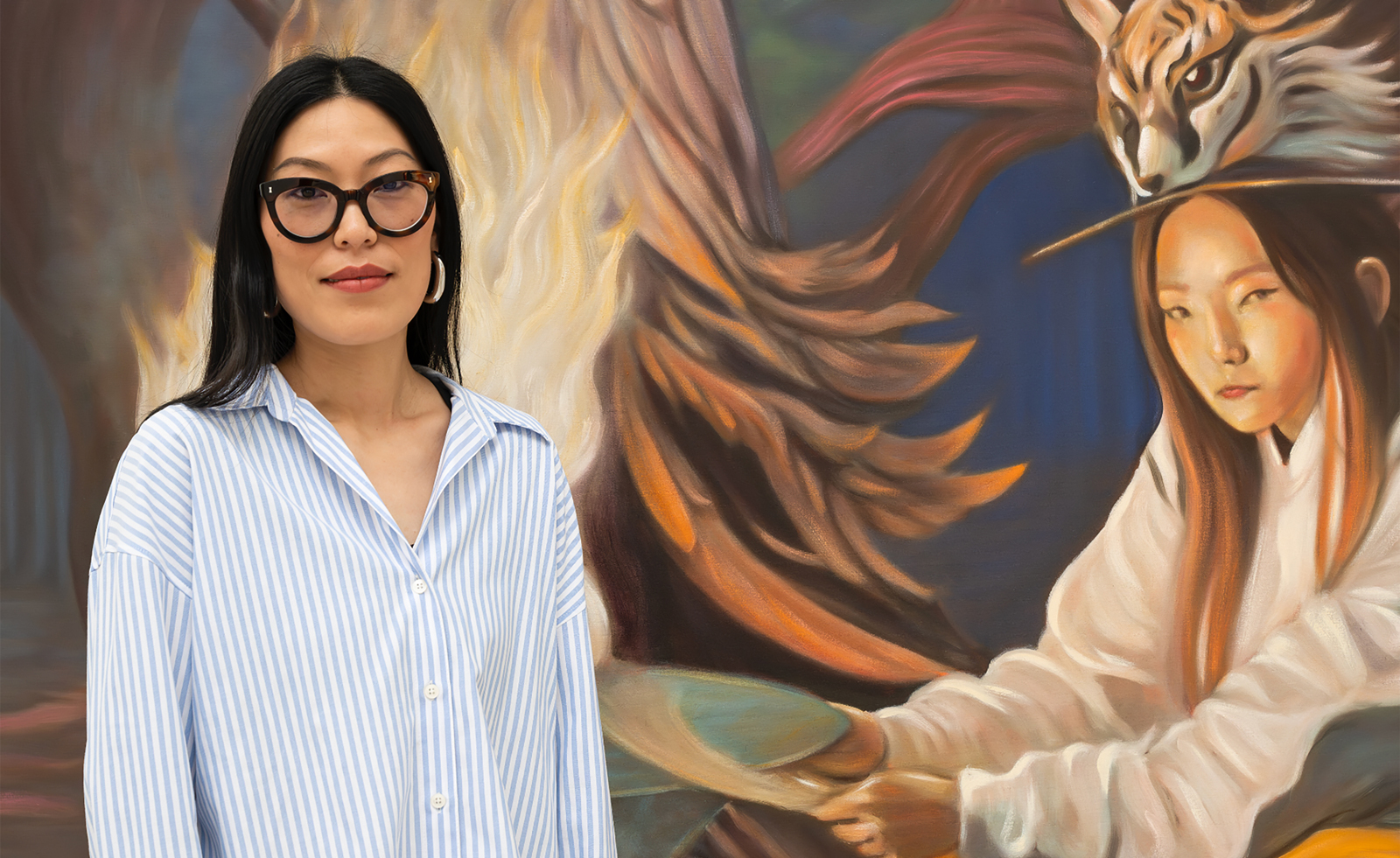 Meet the Turner Prize 2025 shortlisted artists
Meet the Turner Prize 2025 shortlisted artistsNnena Kalu, Rene Matić, Mohammed Sami and Zadie Xa are in the running for the Turner Prize 2025 – here they are with their work
By Hannah Silver
-
 ‘Humour is foundational’: artist Ella Kruglyanskaya on painting as a ‘highly questionable’ pursuit
‘Humour is foundational’: artist Ella Kruglyanskaya on painting as a ‘highly questionable’ pursuitElla Kruglyanskaya’s exhibition, ‘Shadows’ at Thomas Dane Gallery, is the first in a series of three this year, with openings in Basel and New York to follow
By Hannah Silver
-
 The art of the textile label: how British mill-made cloth sold itself to Indian buyers
The art of the textile label: how British mill-made cloth sold itself to Indian buyersAn exhibition of Indo-British textile labels at the Museum of Art & Photography (MAP) in Bengaluru is a journey through colonial desire and the design of mass persuasion
By Aastha D
-
 Artist Qualeasha Wood explores the digital glitch to weave stories of the Black female experience
Artist Qualeasha Wood explores the digital glitch to weave stories of the Black female experienceIn ‘Malware’, her new London exhibition at Pippy Houldsworth Gallery, the American artist’s tapestries, tuftings and videos delve into the world of internet malfunction
By Hannah Silver
-
 Ed Atkins confronts death at Tate Britain
Ed Atkins confronts death at Tate BritainIn his new London exhibition, the artist prods at the limits of existence through digital and physical works, including a film starring Toby Jones
By Emily Steer
-
 Tom Wesselmann’s 'Up Close' and the anatomy of desire
Tom Wesselmann’s 'Up Close' and the anatomy of desireIn a new exhibition currently on show at Almine Rech in London, Tom Wesselmann challenges the limits of figurative painting
By Sam Moore
-
 A major Frida Kahlo exhibition is coming to the Tate Modern next year
A major Frida Kahlo exhibition is coming to the Tate Modern next yearTate’s 2026 programme includes 'Frida: The Making of an Icon', which will trace the professional and personal life of countercultural figurehead Frida Kahlo
By Anna Solomon